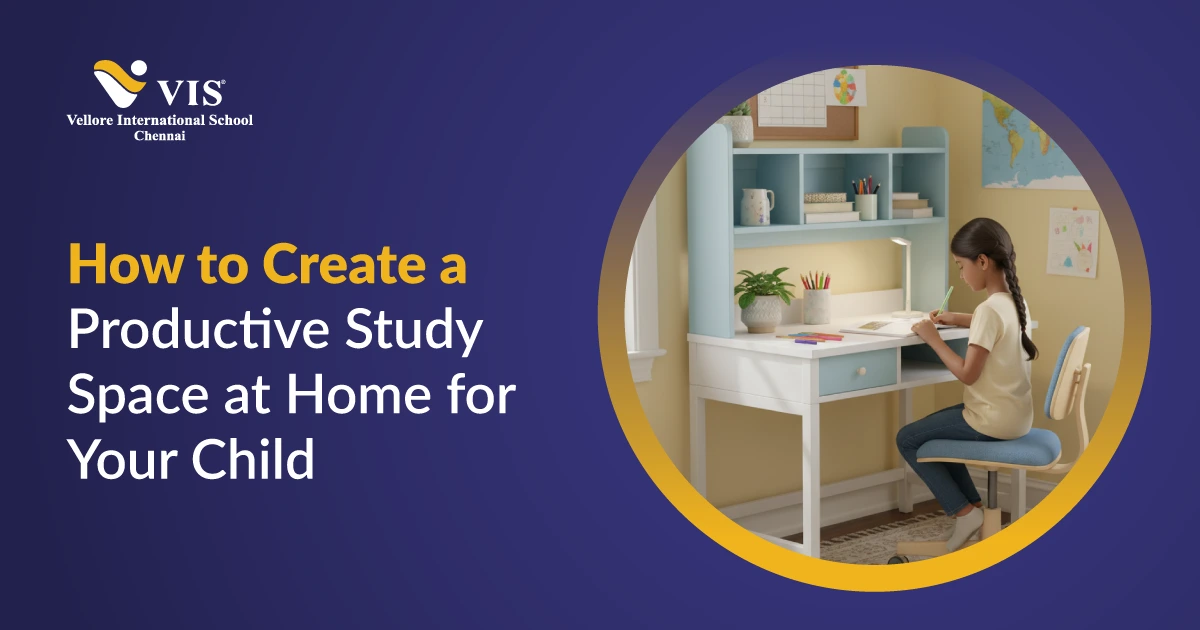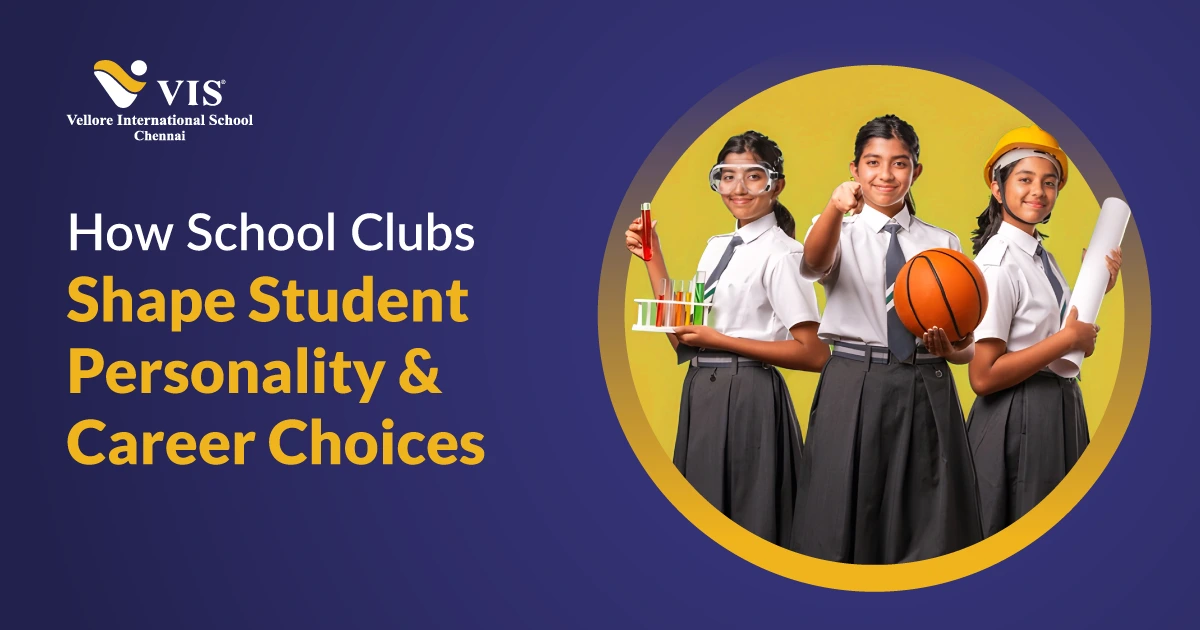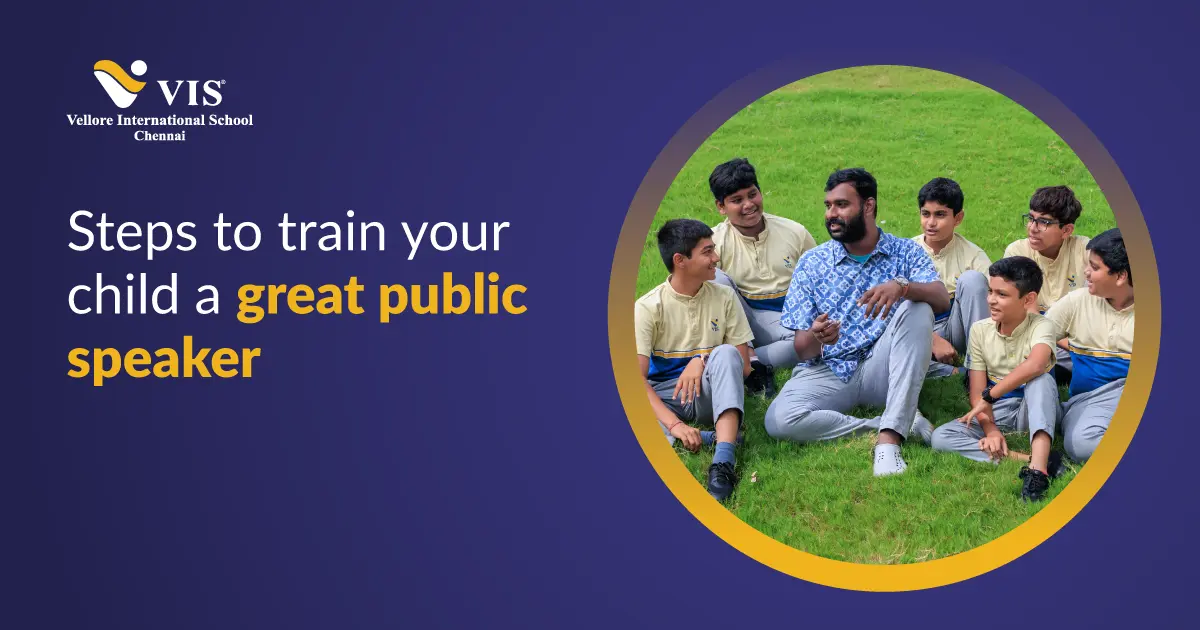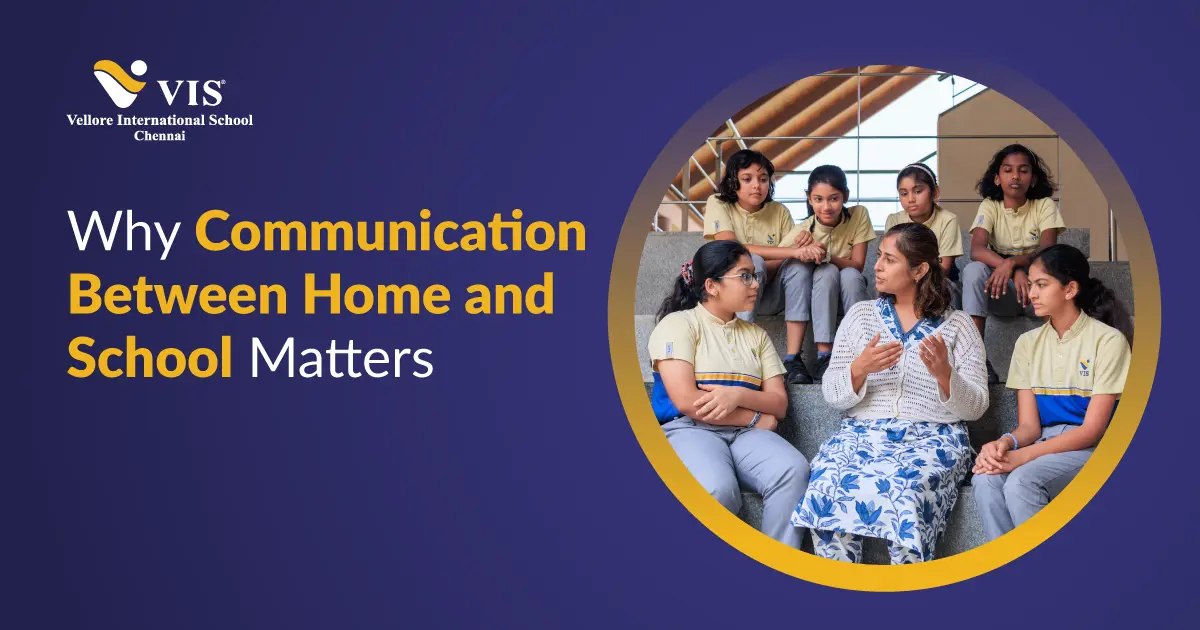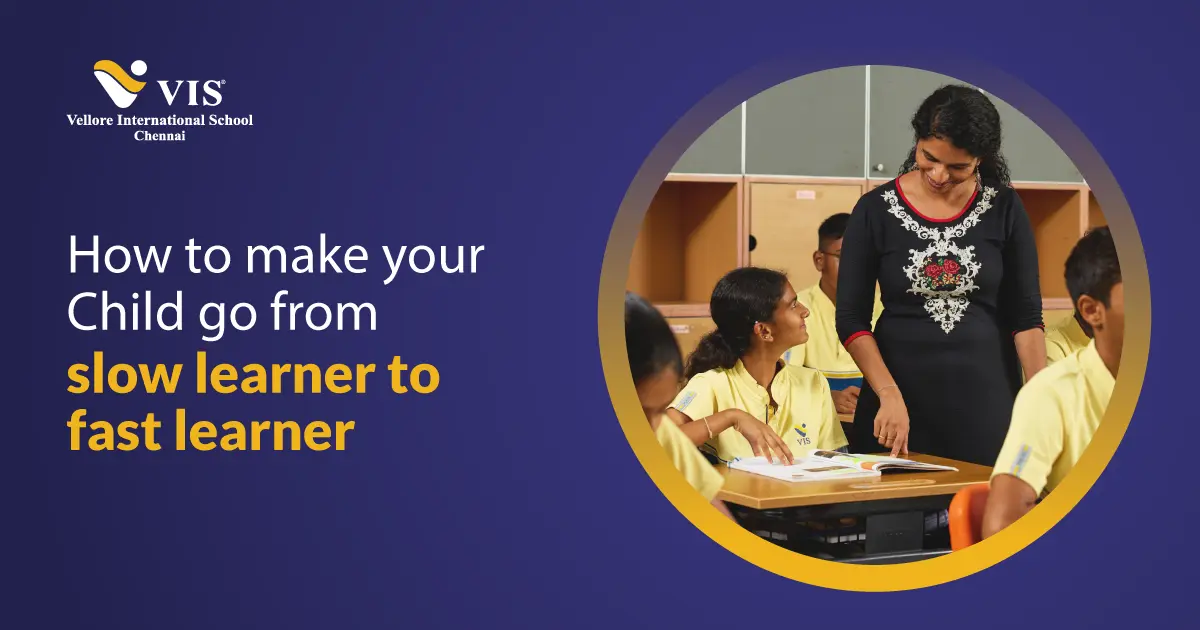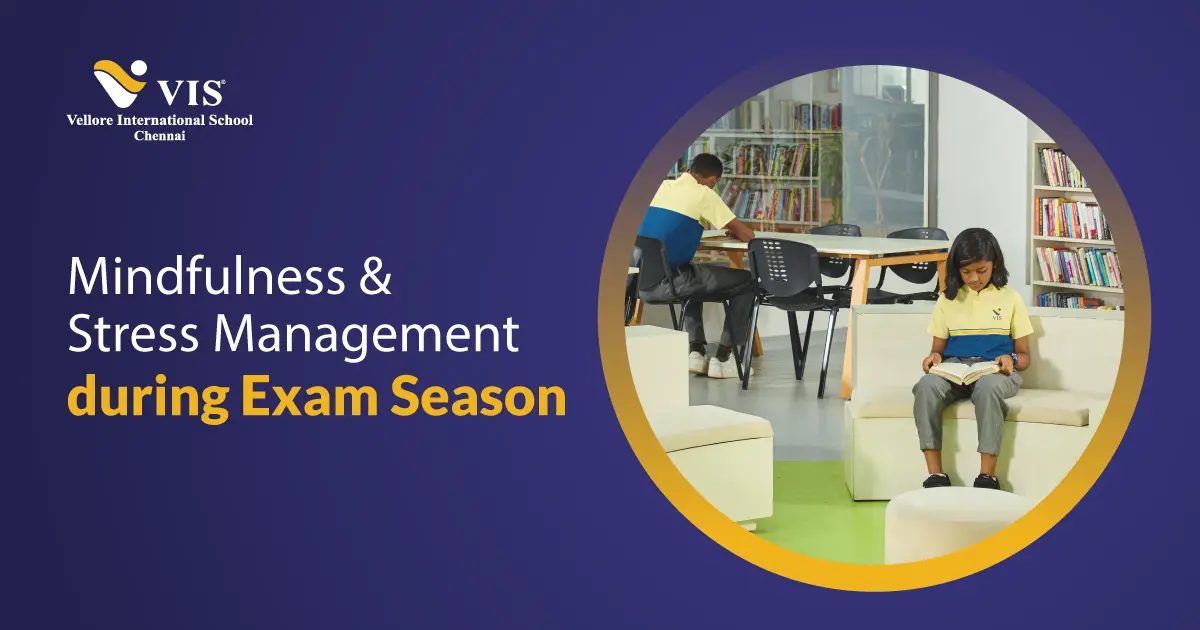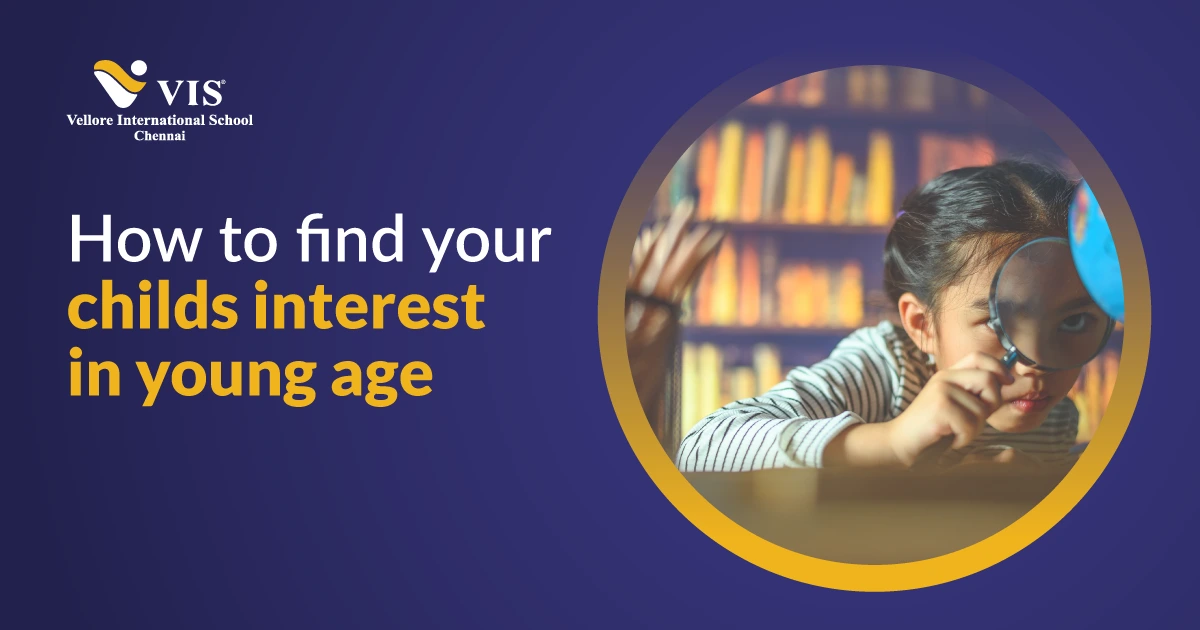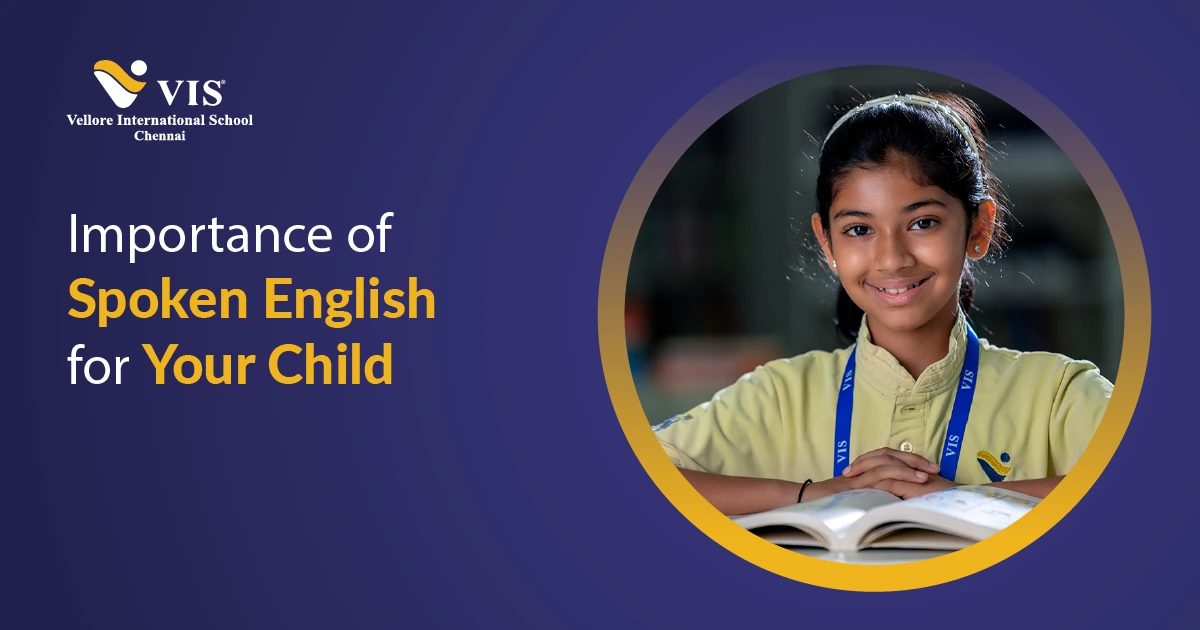Does artistic creation through crafts generate positive effects on children’s educational development?
Students in ICSE schools engage in arts and crafts beyond recreational activities because the significance of arts and crafts promotes creative thinking combined with analytical abilities as well as emotional maturation. The collaboration of artistic expression and academic learning through ICSE schools leads to full student development that equips students for examinations and lifelong learning.
Introduction
The educational sphere today views art and craft as fundamental elements that form the basis of adolescent mental development. The significance of Art and craft have found their place as a fundamental learning component within the educational system of ICSE schools. The teaching practice extends beyond painting and paper-cutting activities. The education focuses on building and encouraging creative thinking, paired with self-expression, combined with cultural understanding, and combined with student self-assurance. Students gain a better comprehension of topics by participating in activities and design tasks, which help them acquire practical skills that transcend school education.
1. Holistic Development Through Artistic Expression
Art And Craft Stimulate Creativity And Innovation
- Educational institutions under the ICSE system use artistic practices as educational instruments rather than recreational activities. Through creative work, children develop abilities to visualize their abstract ideas both visually and imaginatively.
- The creative thinking enhancement through this process enables students to create original academic ideas and life-related solutions. The exploration of innovative ideas begins at an early stage because of this approach.
Builds Confidence Through Personal Expression
- The recognition and display of student artwork causes individuals to feel satisfied about their artistic achievements. Their self-esteem increases while the sense of confidence in presenting ideas develops through this process.
- Students who are inhibited about communicating their feelings find in art the ability to express thoughts beyond verbal language which strengthens both their psychological state and self-worth.
Improves Problem-Solving And Decision-Making
- A person must make choices regarding materials and tools and colour selection. Students learn three skills: mistake correction together with work evaluation alongside fundamental critical thinking abilities for their work improvement.
- By engaging in hands-on learning, students develop their analytical thinking abilities before entering future challenges and handling them with logical reasoning and creative instincts.
2. Enhancing Cognitive And Motor Skills
The Development Of Fine Motor Abilities
- Hand movements become sharper through paper cutting and line drawing, as well as shape assembly tasks. Children develop better precision and control through this form of educational activity.
- The acquisition of these skills enables students to achieve better academic results in writing tasks, together with graph drawing and laboratory tool management, thus boosting their self-assurance in all subjects.
Improves Memory And Visual Learning
- The process of diagram creation and illustration development helps students understand theoretical subjects better.
- The drawing process helps students remember information better than reading alone, enabling students to learn effectively for an extended period.
Encourages Focus And Patience
- Doing a craft task requires extensive concentration together with continuous dedication throughout the project period. Students should concentrate on specific details as they need to execute instructions one at a time.
| Did You Know?
Through participation in arts programs, students receive better academic scores on standardized tests, together with increased probabilities of winning academic awards. |
3. Supporting Emotional And Social Development
Reduces Stress And Anxiety
- Art classes are an essential relief for students dealing with high stress around exam times because they become excellent tools for mental relaxation.
- Many students discover inner peace through the therapeutic aspects of art activities, which work as an anxiety reducer and mood stabilizer in their daily lives.
Promotes Empathy And Teamwork
- The practice of mural painting and cultural event crafts helps students learn teamwork by working together in groups. Students develop an understanding of both personal work and group accomplishments, which leads them to respect their teammates.
- ARD changes young students into sensitive, responsible group members who participate in each other’s work activities.
Develops Emotional Intelligence
- The visual representation of emotions becomes possible through art instruction. Through art, students develop the ability to understand personal emotions as well as recognize emotions in other individuals.
- Young people who develop emotional awareness through art show improved relationship-building skills and enhanced communication abilities plus strengthened maturity in their decision-making abilities.
4. The Significance Of Art And Craft In Cultural Awareness
Explores Heritage Through Traditional Art
- The education program of ICSE schools integrates their teaching of folk art together with regional crafts and classical painting styles. Through such studies, schoolchildren gain insight into the diverse cultural heritage of India.
- The educational environment at ICSE schools develops students to respect multiple traditions through a curriculum which teaches students to celebrate cultural variation with humility and intellectual curiosity.
Supports Global Understanding
- Through international art exposure, students can learn about origami alongside Renaissance painting, which gives them global cultural access. The expansion of student worldview and growing sense of curiosity result from this experience.
- Future global connectivity benefits from education about worldwide art traditions because it generates unity among cultures.
Did You Know?Schools that place emphasis on art education experience improved attendance and disciplinary success throughout every class subject according to research. |
VIS: Nurturing Creativity And Excellence In Education
VIS ranks among the top ICSE schools in Chennai as it combines academic learning with artistic activities to produce students who have both confidence and emotional balance. Students earn numerous chances to join visual and performing arts classes, which help develop academic emotional, and social capabilities. VIS develops students through practical learning combined with innovation to make them successful in every area of life.
Conclusion
Art and craft make up an integral part of ICSE education beyond extracurricular status because they serve as developmental instruments for complete personal growth. These subjects enable children to develop into complete individuals through enhancements of creativity focus, and emotional intelligence alongside cultural awareness. ICSE institutes bring artistic learning into their academic structure to develop students who possess intellectual knowledge emotional capabilities, and adaptability. The current support of artistic expression drives society to produce future leaders who are innovative thinkers and creative generators.
FAQs On The Significance Of Art And Craft
1. What factors justify arts and crafts as important components in ICSE educational institutions?
The educational priority of ICSE includes arts and crafts because these activities simultaneously advance emotional expression with creativity, motor skills development, and cultural learning.
2. Art activities contribute to academic performance through what mechanism?
The brain benefits from artwork since it improves memory capacity and strong concentration abilities along with visualization abilities that boost the teaching of science, mathematics and linguistic subjects.
3. Art and craft subjects must be included according to the requirements of the ICSE curriculum.
The curriculum includes arts and crafts as supplementary subjects, though they can be found in projects and extracurricular activities.
4. Through which methods do ICSE schools work to establish cultural understanding by using art?
Through their courses, schools present Indian folk art together with traditional painting methods and global artistic traditions so students can learn about diverse heritage units.
5. Do artistic and crafting practices assist children with their emotional and mental development?
Through art, students find emotional relief while also reducing their anxieties and developing confidence while developing empathy and mindfulness of self.





